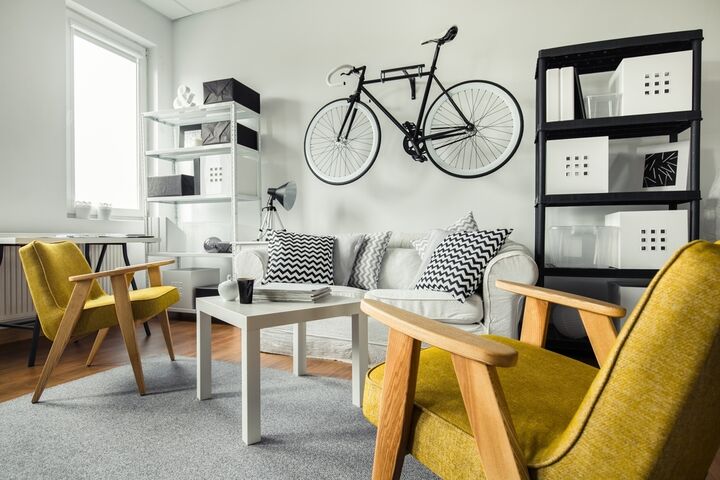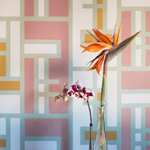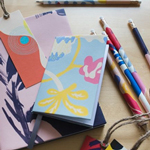
The Design definition of Modernism in our homes
Modernism is difficult to have its exact definition or characteristic as it encompasses wide range of ideas and culture. It is multi cultural and multi disciplinary in a sense that you base everything on the needs of the homeowner. As a matter of fact, Modernism can generally be defined as the style or movement that aims to break with the classical or the traditional forms. So if we are going to discuss thoroughly Modernism, there are no exact words that could describe its idea and its methodologies. Modernism is basically getting out of the traditional ways and apply the theories and principles according to the needs and functions the homeowner requires.
Modernism a historical perspective
Modernism dates back around the end of the 19th century and modernism in interior design is just a part of the Modernism. It is associated with modern thinking. Modernists were concerned with developing new standards that were more applicable and suitable to the environment that has been to several changes since the Industrial Revolution. It just started as a school of thought, but eventually influenced other parts of life such as political, spiritual, literature, art, architecture and interior design. There are various sub categories in Modernism, and these are Futurism, Bauhaus, Neo-Dada, Cubism, Minimalism and Abstract Expressionism.
Modernism in interior design can be regarded as multi faceted rather than as a single style. It embraces holistic approach in design ideas. It encompasses the wide range of designs and the minimalist idea for the furniture. Examples of Modernism in interior design include open floor plan, modern design for the kitchen, the color palette used, shelves that can have dual or multi functions, and others.
Modernism in interior design
Modernism in interior design has several characteristics that may encompass wide range areas in the field of architecture and interior design. Basically, the principle of modernism emphasizes on functionality and avoids excessive decorative items as seen in other styles. Many would regard modernism as very simple and dull. However if the design is well planned, it can promote relaxation, calmness and simplicity in the home. The main traits of modernism in interior design are:
1. functionality before aesthetics and form
2. avoids excessive use of decorative items and accessories
3. minimal use of texture
4. clean lined design
In most cases, the modern interior design focuses on simplicity, open spaces so as to allow the entry of natural light, setting the mood and the personality the design projects.
Modernism is the complete opposite of the other designs such as Victorian and Renaissance. Here are some design ideas influenced by Modernism:
1. Clean Straight Lines – modern design is quite the opposite of the other design styles which employs the use of heavy textures, carvings and the likes, throughout the whole house. Therefore, modern design, which include the furniture to the quality of the rooms, have straight lines with no other details observed. The lines are sharper and very spare. Examples are sanded wood floors so the grains would be minimized, open floor plans with fewer walls, absence of moldings trimming and windows, doors and walls, rectified edges of over sized tiles, and inserted book shelves.
2. Minimalism – do you believe in the saying “less is more”? This is basically the principle promoted by minimalism. In designing a space. Designs do not have any unnecessary details such as protruding cabinets, excessive use of textiles, columns and the likes. Simplicity is the key word, but the functionality of the entire house is ensured. Think of it as streamlining the design to make everything efficient.
3. Clutter less – less accessories means mess clutter. This simply means that vases, jars, pottery and other collections are gone. Other unnecessary items such as books, electronics and other items are kept out of sight but not out of mind.
4. Bold colors – in most homes, neutral colors are used throughout the home. In order to have a focal point, bold primary colors are used to neutralize the neutral colors, as long as they are used sparingly.
5. Use of metal – in order to have a modern appearance, metals such as chrome and stainless steel are used. This means that the use of traditional metals which include wrought iron can help in making a modern appearance of the home.
 Australia
Australia
 Austria
Austria
 Belgium (Dutch)
Belgium (Dutch)
 Canada (English)
Canada (English)
 Denmark
Denmark
 Estonia
Estonia
 Finland
Finland
 France
France
 Germany
Germany
 Ireland
Ireland
 Italy
Italy
 Luxembourg (French)
Luxembourg (French)
 Netherlands
Netherlands
 New Zealand
New Zealand
 Norway
Norway
 Poland
Poland
 Portugal
Portugal
 Romania
Romania
 Singapore
Singapore
 Spain
Spain
 Sweden
Sweden
 Switzerland (French)
Switzerland (French)
 USA
USA
 United Kingdom
United Kingdom
 Other Countries
Other Countries




